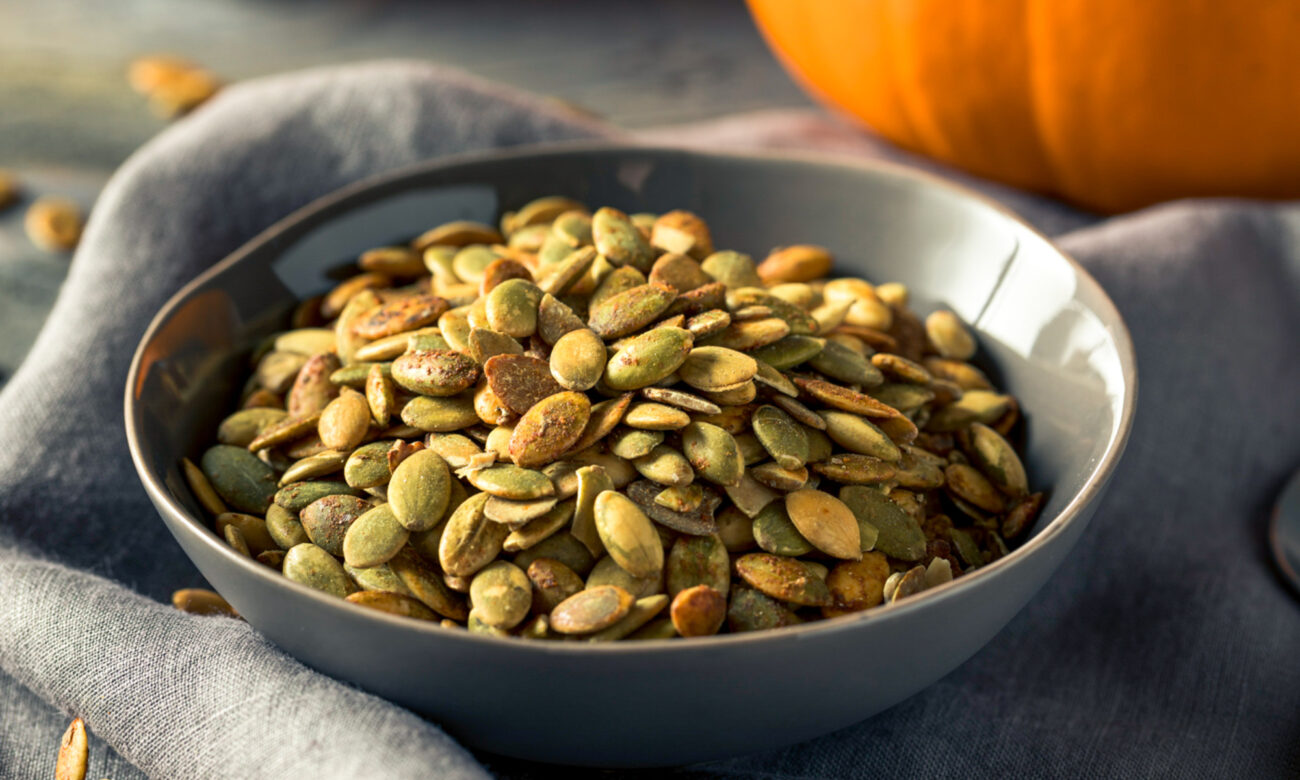Blog
The FDA Just Approved a New Food Dye

- The FDA just approved gardenia (genipin) blue, a natural food dye, for certain foods and drinks.
- They’re also trying to expedite the ban of Red No. 3 before the January 15, 2027, deadline.
- Some grocers have already pledged not to sell foods with petroleum-based synthetic food dyes.
As the Department of Health and Human Services strives to remove synthetic, petroleum-based food dyes from America’s food supply and replace them with natural sources of color, the Food and Drug Administration is following suit. On July 14, 2025, the FDA granted the Gardenia Blue Interest Group’s petition to use the color gardenia (genipin) blue in various foods.
Gardenia (genipin) blue comes from the fruit of the gardenia, a flowering evergreen. So far, the FDA has approved the color additive for use in sports drinks, flavored or enhanced noncarbonated water, fruit drinks and ades, ready-to-drink teas, and hard and soft candies. Once the FDA approves a food additive, any manufacturer can use it, as long as it’s used in products it’s approved for.
This is the fourth natural coloring the FDA has approved for use in foods in the last two months. The other three include galdieria extract blue, a blue colorant derived from the unicellular red algae Galdieria sulphuraria; calcium phosphate, a white powder; and butterfly pea flower extract, a blue color that can be used to achieve a range of shades, including bright blues, intense purple and natural greens.
Since HHS Secretary Robert F. Kennedy Jr. started the push to remove petroleum-based synthetic dyes from the U.S. food supply in April, about 40% of the food industry has committed to a voluntary phase-out of these dyes. The FDA is also attempting to expedite the elimination of Red No. 3. While the original deadline for manufacturers to stop adding this dye to their products was January 15, 2027, the FDA is trying to get this done sooner.
The only purpose of synthetic dyes is to bring brighter hues to foods and make them appear more appealing. They don’t affect the flavor, but they might influence health and behavior, which is why the push is on to remove them from our foods. Part of the problem with research on food dyes, though, is that it’s mostly been done using animals. And animal research doesn’t always translate to the same results in humans. But here’s the thing. These dyes are often found in ultra-processed foods—like soda, processed meats and frozen meals—and removing the dyes won’t make these foods more nutritious. Excessive consumption of these will still be linked with increased inflammation and heart disease, cancer and diabetes.
In another recent story where we covered food dye bans, EatingWell senior nutrition editor Jessica Ball, M.S., RD, notes that there are many well-researched strategies to support overall health, including maintaining a varied and balanced eating pattern, engaging in regular physical activity, having social support and food access, and creating a lifestyle and environment that supports health. “These things are important to focus on when talking about improving public health, and they are supported by science,” says Ball. “Claims about the health effects of food dyes are not evidence-backed in that same way.”
With that said, many people are concerned about the use of artificial ingredients in our food supply, including how these synthetic additives affect children. And other parts of the world, including the European Union, have already banned dyes that are still being used in the U.S. If you would like to start eliminating synthetic food dyes now, even before the FDA does, some grocers, like Aldi and Trader Joe’s, have already committed to selling only foods with no synthetic dyes.












